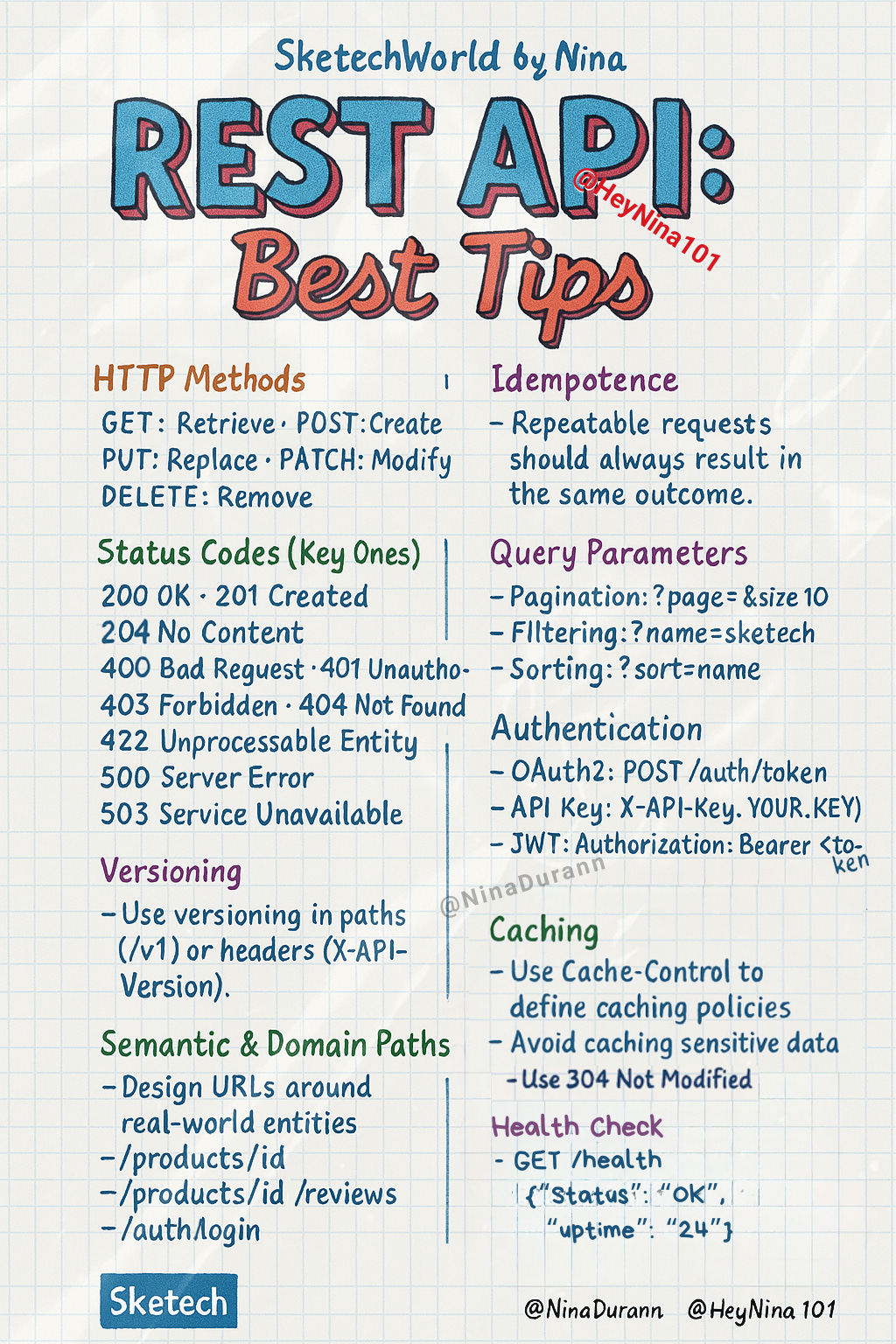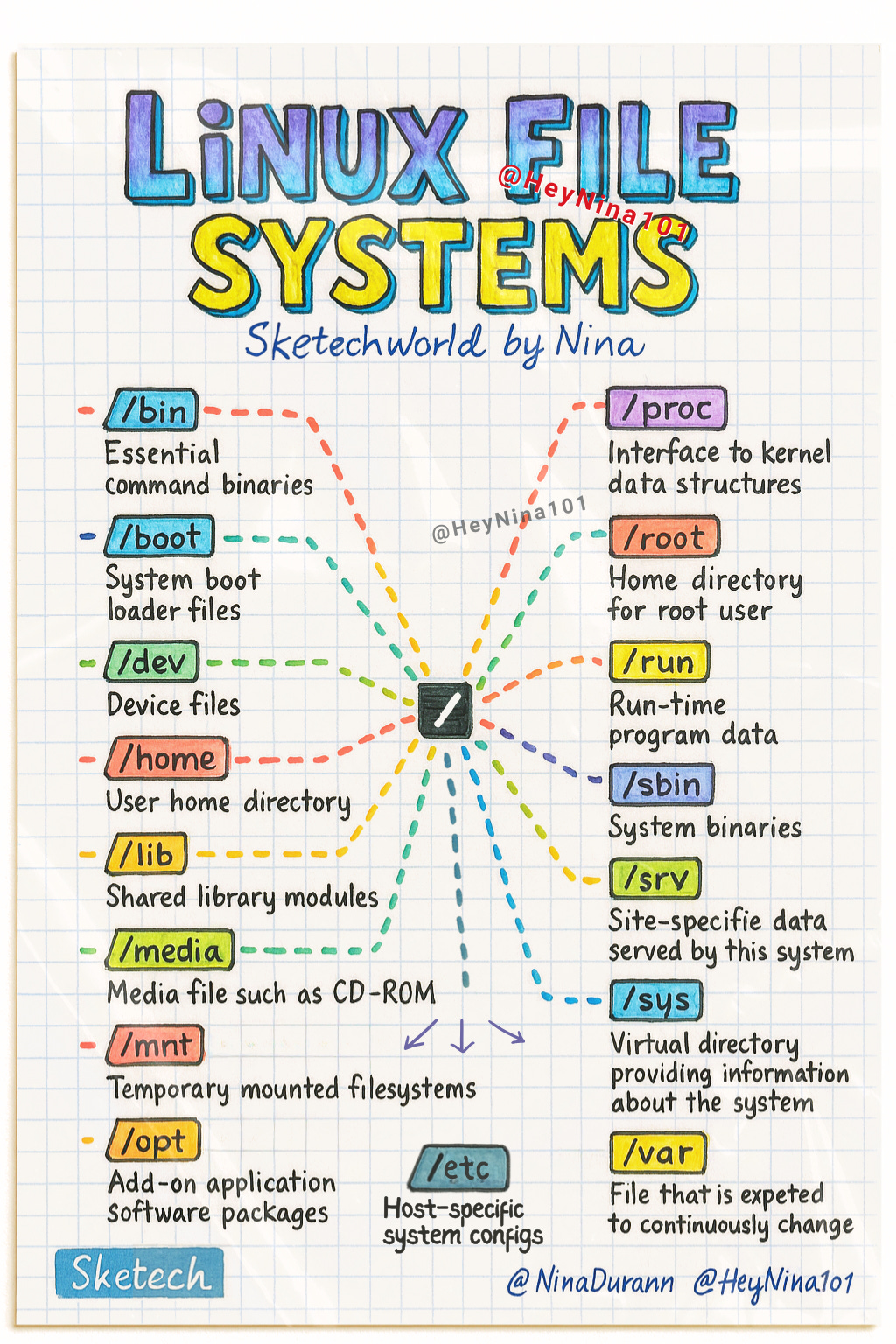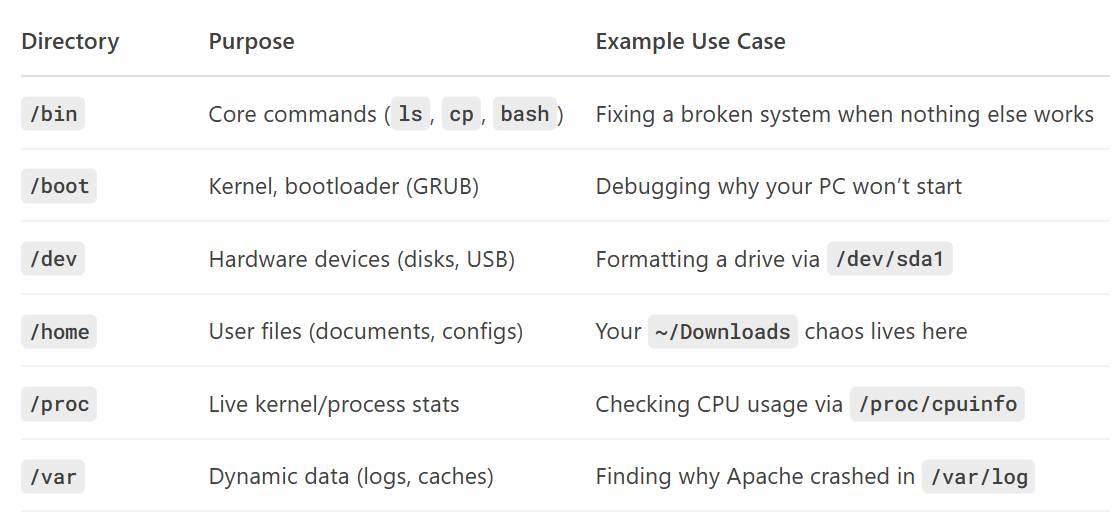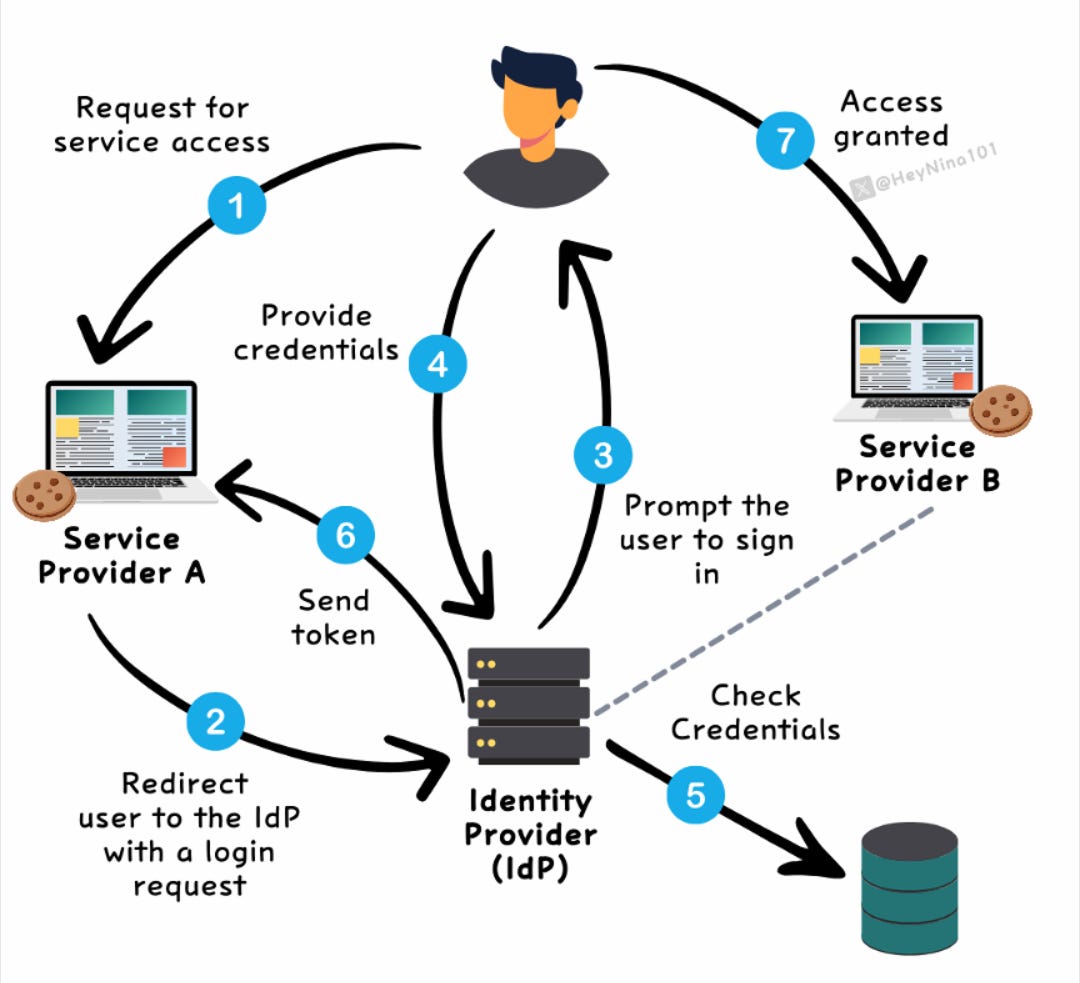How 3 raw visuals teach you REST APIs, Linux Filesystems and SSO Instantly!
The fastest way to turn complex Backend concepts into clear mental models 🧠
Sketech is back, and better organized
We’ve been quiet for a while. But not gone.
Sketech is shifting how it shares software engineering ideas:
More consistent. More visual. And built around two clear formats:
✏️ Hand-drawn diagrams
🗒️ Quick visual notes
If you're not following the new LinkedIn page or Twitter account, now’s the time. All content now lives there first.
What’s new?
We’re back to weekly digests.
Each edition will recap what was shared on social.Expect both new content and the best of past posts.
This week, we’re kicking off with 2 notes and 1 visual recap.
You decide what works best
We're testing two formats:
Which one actually helps you remember more?
👇 Vote here
💥 Gold from this week
REST API Design: Principles for Production-Grade Interfaces
Building APIs that stand the test of scale and maintainability requires disciplined design. Below are battle-tested conventions distilled from industry experience.
Core Principles
1. Semantic HTTP Usage
GET: Safe resource retrieval (cacheable)
POST: Non-idempotent creation
PUT: Complete resource replacement (idempotent)
PATCH: Partial updates (use RFC 7396 JSON Merge Patch)
DELETE: Resource removal (idempotent)
Example:
PUT /articles/123 HTTP/1.1
Content-Type: application/json
{
"title": "New Title",
"body": "Updated content"
}2. State Management
Statelessness: Each request contains all necessary context
Idempotency Keys: Critical for POST/PATCH operations
ETags: Optimistic concurrency control (
If-Matchheader)
Structural Best Practices
3. Resource Design
/api/v1/
├── /users → Collection
├── /users/{id} → Item
└── /users/{id}/posts → Sub-resourceFlat > Nested: Avoid >3 level nesting
Singular vs Plural: Consistency matters (prefer
/usersover/user)
4. Error Handling
{
"error": {
"code": "invalid_timestamp",
"message": "Timestamp must be in ISO 8601 format",
"details": {
"expected_format": "YYYY-MM-DDTHH:MM:SSZ"
}
}
}Advanced Considerations
5. Performance Optimizations
6. Evolution Strategy
Versioning: URL-path (
/v1/) > Header (Accept: application/vnd.api+json;version=1)Deprecation
HTTP/1.1 200 OK
Deprecation: true
Sunset: Wed, 30 Nov 2025 23:59:59 GMT
Link: </v2/users>; rel="successor-version"Security Essentials
Authentication:
OAuth 2.0 (RFC 6749) for delegated access
Mutual TLS for service-to-service
Protections:
Strict input validation
Rate limiting (
429 Too Many Requests)CORS policy whitelisting
Final Thoughts
A well-designed API is:
✔ Predictable (consistent structure)
✔ Efficient (filtering, pagination)
✔ Secure (auth, rate limiting)
✔ Maintainable (versioning, docs)
🔥Twitter went off on our Best REST API Tips, take a look!
The Linux Filesystem Hierarchy: A Map
Linux organizes files like a well-structured library. Here’s what actually lives in those cryptic folders:
Key Directories
/sbin: Admin-only tools (fdisk,iptables)/opt: Manually installed apps (JetBrains IDEs, proprietary software)/run: Runtime data (PIDs, sockets)
Why This Structure Matters
Consistency: Every Linux distro uses this layout, learn it once.
Troubleshooting: Can’t find a config file? Know where to hunt.
Security: Accidentally deleting
/libbricks your OS. Respect the hierarchy.
🐧Twitter showed love to our Linux post too. Take a look!
SSO Demystified - Recap
Single Sign-On lets users access multiple applications with one login.
Single Sign-On lets users access multiple apps with one login. Here's the flow:
1️⃣ User tries to access a service
2️⃣ Gets redirected to the Identity Provider (IdP)
3️⃣ IdP prompts for login (e.g., password or MFA)
4️⃣ User submits credentials
5️⃣ IdP verifies them
6️⃣ IdP sends back a signed token (SAML or JWT)
7️⃣ Service validates the token → access granted
Now the user can access other connected services without logging in again
🧠Sketech isn’t back to impress.
It’s back to bring clarity.
The visuals. The systems. The notes.
They live on the Sketech page now, focused, consistent, no noise.
→ Follow on LinkedIn
→ And on Twitter
Raw notes for devs. Unfiltered.
— Sketech






